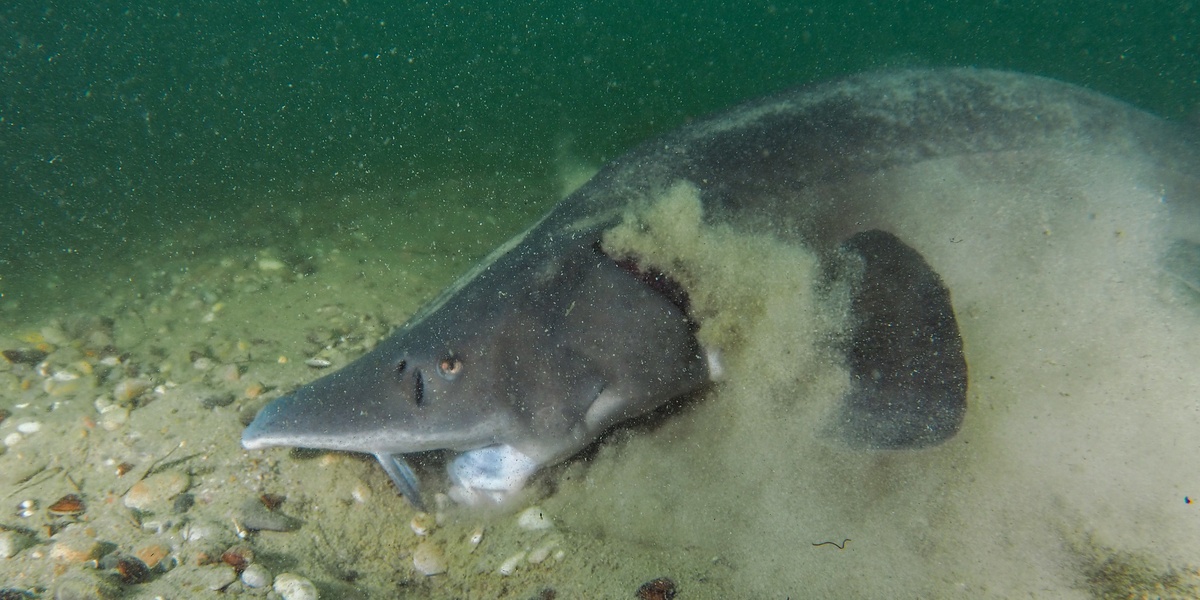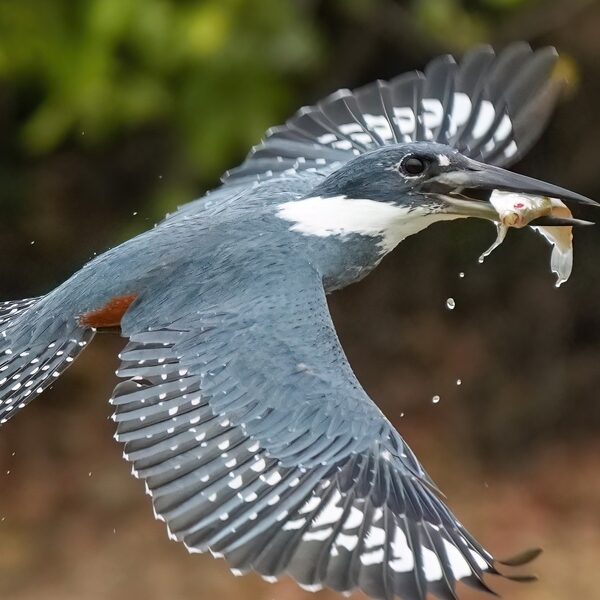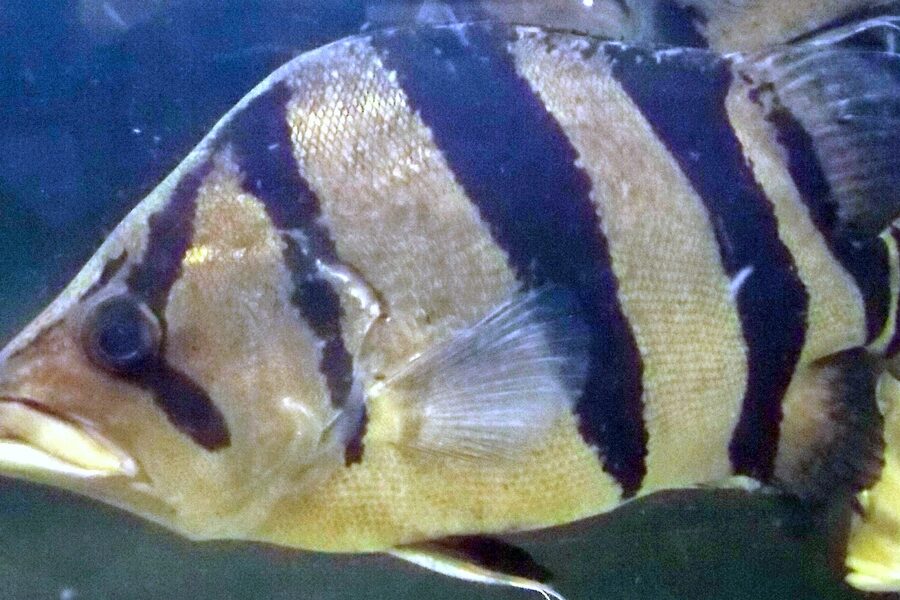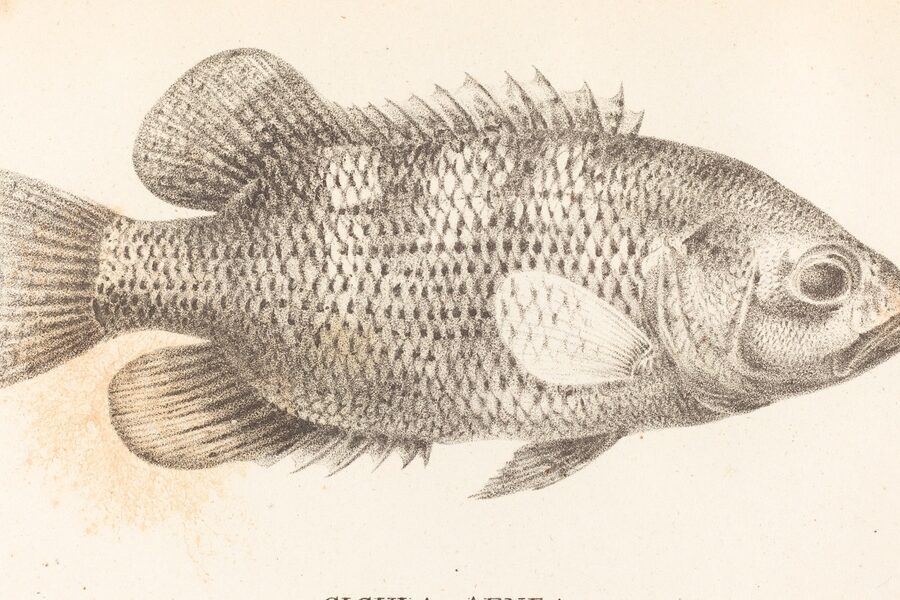Kazakhstan’s rivers, lakes and stretches of the Caspian coastline support a surprising mix of freshwater and brackish fish, shaped by steppe plains, mountain streams and artificial reservoirs. From icy alpine streams to lowland floodplains, the country’s water bodies host species with very different ecologies and size ranges.
There are 38 Fish of Kazakhstan, ranging from Arctic grayling to Zander (pikeperch). For each species you’ll find below the columns Scientific name, Habitat / range, Max length (cm) so you can see precise identification, where each fish lives, and its typical maximum size — you’ll find below.
Which species on the list are native versus introduced?
Many entries are native to Kazakhstan’s river and lake systems, while a smaller number were introduced for fisheries or aquaculture; check the Habitat / range column in the table below for notes on native status and distribution for each species.
How can I use the Scientific name, Habitat / range, Max length (cm) information?
Use the Scientific name for unambiguous identification, Habitat / range to know where to look or expect a species, and Max length (cm) to set expectations for size — together these columns are useful for field ID, research, or planning angling trips.
Fish of Kazakhstan
| Common name | Scientific name | Habitat / range | Max length (cm) |
|---|---|---|---|
| Beluga sturgeon | Huso huso | Caspian Sea and lower reaches of major rivers (Ural, Volga basin tributaries entering Kazakhstan) | 700 |
| Russian sturgeon | Acipenser gueldenstaedtii | Caspian Sea, Ural and other large rivers flowing into the Caspian within Kazakhstan | 200 |
| Stellate sturgeon | Acipenser stellatus | Caspian coastal waters and estuaries; migrates into rivers such as the Ural for spawning | 240 |
| Persian sturgeon | Acipenser persicus | Caspian Sea and lower river reaches along Kazakhstan’s coast (historically common in basin) | 140 |
| Fringebarbelled sturgeon | Acipenser nudiventris | Caspian basin coastal waters and estuaries, historically in larger rivers entering Kazakhstan | 200 |
| Caspian kutum (kutум) | Rutilus kutum | Coastal Caspian Sea and lower river mouths (Ural, Volga-influenced areas near Kazakhstan) | 60 |
| Caspian kilka (kil’ka) | Clupeonella cultriventris | Pelagic Caspian Sea, along Kazakhstan’s coast and shallow coastal lagoons | 10 |
| Caspian shad | Alosa caspia | Caspian Sea coastal waters and estuaries; migrates into rivers in Kazakhstan for spawning | 50 |
| Common carp | Cyprinus carpio | Rivers, lakes, reservoirs across Kazakhstan; widely introduced and farmed | 120 |
| Prussian carp | Carassius gibelio | Lakes, slow rivers, and reservoirs across Kazakhstan; widespread introduced species | 40 |
| Crucian carp | Carassius carassius | Shallow lakes, ponds, and slow rivers in northern Kazakhstan | 35 |
| Grass carp | Ctenopharyngodon idella | Reservoirs and lowland rivers where introduced for vegetation control across Kazakhstan | 150 |
| Silver carp | Hypophthalmichthys molitrix | Introduced to lakes and reservoirs in Kazakhstan for aquaculture and biomanipulation | 100 |
| Bighead carp | Hypophthalmichthys nobilis | Introduced to reservoirs and fish farms in Kazakhstan | 120 |
| European perch | Perca fluviatilis | Rivers, lakes and reservoirs across Kazakhstan, especially north and central basins | 60 |
| Zander (pikeperch) | Sander lucioperca | Rivers, reservoirs and lakes across Kazakhstan, particularly in lowland basins and coastal lagoons | 120 |
| Northern pike | Esox lucius | Lakes, rivers and marshes throughout Kazakhstan, often in vegetated shallows | 150 |
| Wels catfish | Silurus glanis | Large rivers, reservoirs and coastal Caspian lagoons along Kazakhstan’s northern Caspian coast | 300 |
| Common bream | Abramis brama | Slow rivers, lakes and reservoirs across Kazakhstan, especially northern basins | 60 |
| Tench | Tinca tinca | Shallow lakes, oxbow lakes and slow rivers across Kazakhstan | 70 |
| Ruffe | Gymnocephalus cernua | Lakes and rivers in northern Kazakhstan and Caspian coastal lagoons | 25 |
| Gudgeon | Gobio gobio | Small rivers, streams, and tributaries across Kazakhstan, especially in lowlands and foothills | 15 |
| Stone loach | Barbatula barbatula | Clear, cool streams and rivers across Kazakhstan’s foothills and uplands | 12 |
| Spined loach | Cobitis taenia | Slow-flowing rivers, lakes, and marshes in northern and central Kazakhstan | 15 |
| Eurasian minnow | Phoxinus phoxinus | Cold streams and upland rivers in eastern and northern Kazakhstan | 12 |
| Asp | Aspius aspius | Rivers, large streams and reservoirs across Kazakhstan’s lowland basins | 120 |
| Ide | Leuciscus idus | Rivers, lakes and reservoirs across Kazakhstan, especially lowland basins | 80 |
| Common dace | Leuciscus leuciscus | Rivers and streams across Kazakhstan, particularly in northern and central basins | 45 |
| Bleak | Alburnus alburnus | Rivers, lakes and reservoirs across Kazakhstan’s lowland basins and Caspian coastal waters | 18 |
| Shemaya (Caspian shad relative) | Alburnus chalcoides | Caspian basin coastal waters and lower rivers within Kazakhstan | 30 |
| Arctic grayling | Thymallus arcticus | Cold clear rivers and lakes in northeastern and eastern Kazakhstan (Altai, Irtysh tributaries) | 60 |
| Lenok | Brachymystax lenok | Mountain and submontane rivers in eastern Kazakhstan (Altai and Sayan-influenced systems) | 80 |
| Siberian taimen | Hucho taimen | Large, cold rivers in eastern Kazakhstan’s Altai and mountain regions (limited, localized populations) | 200 |
| Rainbow trout (introduced) | Oncorhynchus mykiss | Cold rivers, lakes and hatcheries across Kazakhstan where stocked for angling | 100 |
| Round goby | Neogobius melanostomus | Caspian coastal waters, estuaries and some connected freshwater systems in Kazakhstan | 25 |
| Three-spined stickleback | Gasterosteus aculeatus | Coastal lagoons, small rivers and lakes across Kazakhstan, including Caspian fringes | 10 |
| Stone moroko (topmouth gudgeon) | Pseudorasbora parva | Introduced populations in some Kazakh waterbodies (lakes, slow rivers, reservoirs) | 12 |
| Balkhash Marinka (Balkhash trout) | Salmo ischchan | Lake Balkhash and connected rivers in southeastern Kazakhstan (endemic salmonid complex) | 50 |
Images and Descriptions
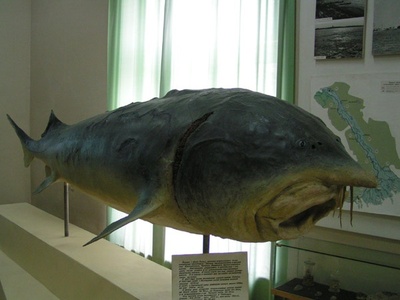
Beluga sturgeon
Massive, ancient Caspian sturgeon reaching huge sizes; prized for caviar and critically endangered due to overfishing and habitat loss. Native to the Caspian basin, now rare in Kazakhstan’s coastal and estuarine waters.
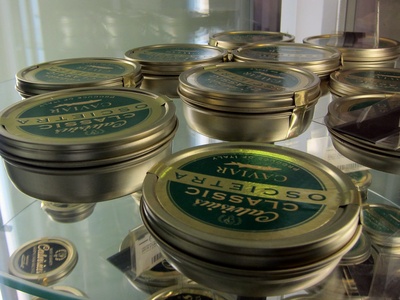
Russian sturgeon
Medium-large sturgeon with elongated snout and bony scutes; important for caviar fisheries. Native to the Caspian basin and severely depleted by fishing, dams, and pollution; conservation measures ongoing.
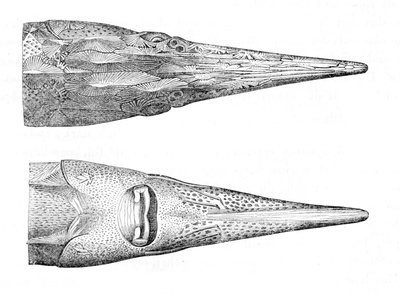
Stellate sturgeon
Slender sturgeon with star-like scutes and long snout; Caspian native valued for roe. Populations have declined sharply and the species is considered threatened in Kazakhstan’s waters.
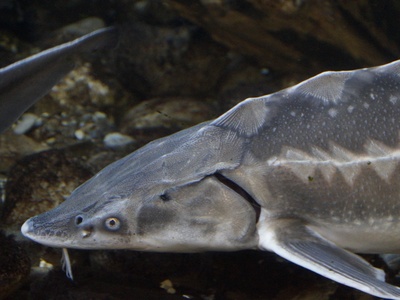
Persian sturgeon
Smaller Caspian sturgeon species often confused with other sturgeons; native and vulnerable from overexploitation and habitat change. Now uncommon and a conservation priority in Kazakhstan.
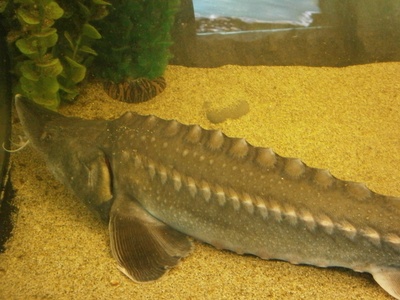
Fringebarbelled sturgeon
Smaller sturgeon with distinctive fringed barbels; native to the Caspian basin but now greatly reduced by fishing and river alteration. Considered threatened and locally rare in Kazakhstan.

Caspian kutum (kutум)
Silver, herring-like cyprinid prized by anglers and fisheries; migratory from sea into rivers to spawn. Native to the Caspian basin and commercially important, with stocks fluctuating from overfishing.
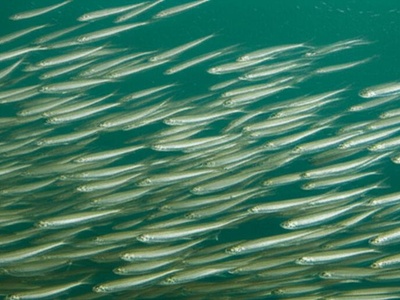
Caspian kilka (kil’ka)
Tiny, schooling pelagic fish forming huge swarms in the Caspian; base of the food web and key forage species. Native and abundant though local fluctuations affect fisheries.
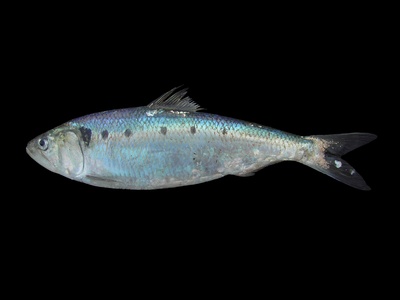
Caspian shad
A small migratory clupeid (shad) with silvery body; anadromous in the Caspian basin. Native to Kazakhstan’s coast and important for commercial and recreational fisheries.
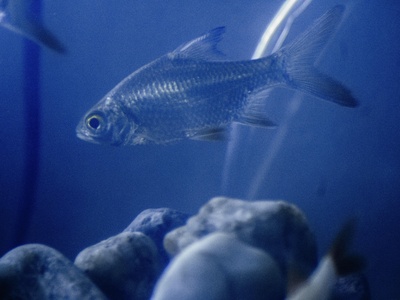
Common carp
Large, adaptable freshwater omnivore familiar to anglers and aquaculture. Introduced/farmed varieties are widespread and established in many Kazakh waterways, sometimes impacting native species and habitats.
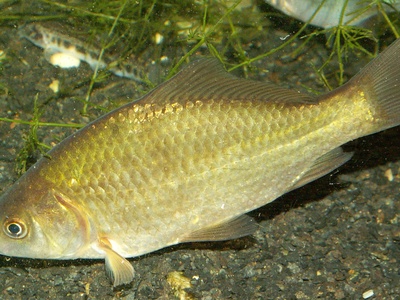
Prussian carp
Tough, golden-brown carp relative that thrives in low oxygen waters; often invasive. Established non-native in Kazakhstan’s freshwater systems and known for rapid spread and competition with natives.
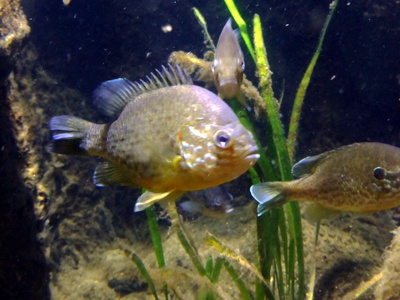
Crucian carp
Stout, deep-bodied carp with rounded fins; native in northern freshwater habitats. Hardy species tolerant of low oxygen, locally common though sometimes confused with introduced relatives.
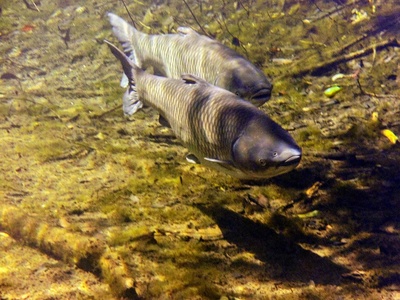
Grass carp
Large, herbivorous carp introduced for aquatic weed control and aquaculture. Established in some Kazakh reservoirs; can alter aquatic plant communities if unmanaged.
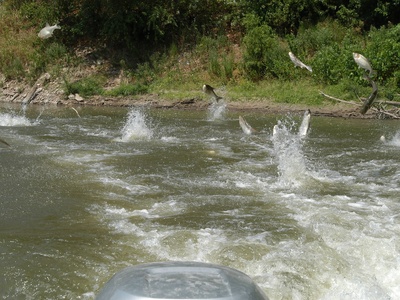
Silver carp
Filter-feeding Asian carp introduced for stocking and aquaculture; can dominate plankton and alter food webs. Present in some reservoirs, considered an established introduced species.
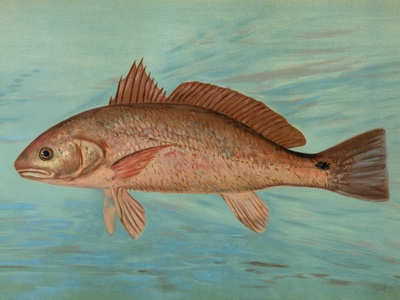
Bighead carp
Large filter-feeding carp introduced for aquaculture; prefers plankton-rich waters. Established in certain Kazakhstan waterbodies and monitored due to ecological impacts.
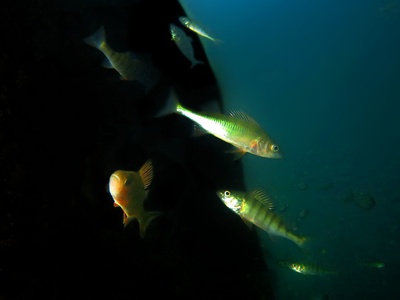
European perch
Striped, chunky predator familiar to anglers; common across many freshwater habitats. Native in Kazakhstan and an important recreational and ecological predator.
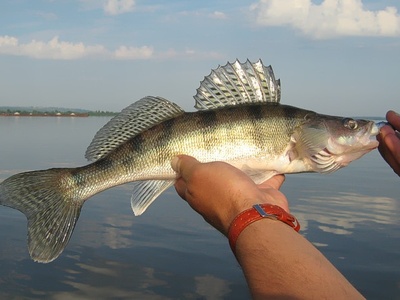
Zander (pikeperch)
Long-bodied, yellowish predator with large eyes; prized sport fish and commercial species. Native/established in many Kazakh waters and supports fisheries.
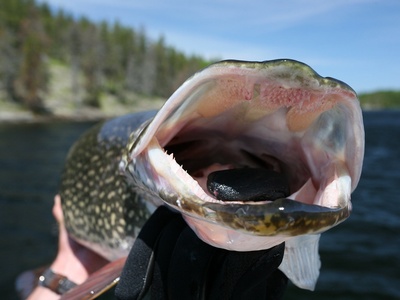
Northern pike
Ambush predator with long body and toothy jaw, common with anglers. Native across diverse Kazakh freshwater habitats and important in food webs and sport fishing.
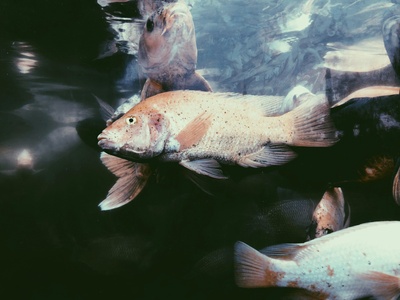
Wels catfish
Huge, nocturnal catfish that can reach impressive sizes; native to European and Caspian basins. Present in Kazakhstan’s large waterbodies and sought by anglers, but populations are sensitive to habitat change.
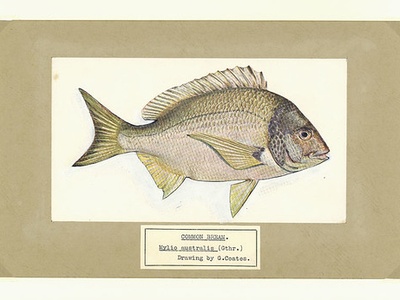
Common bream
Deep-bodied, flattened cyprinid common in lowland waters; feeds on benthic invertebrates. Native and widespread in Kazakhstan’s calm freshwater habitats and an important commercial species.
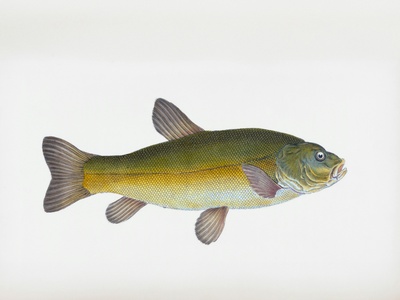
Tench
Olive-green, bottom-feeding cyprinid with thick body; tolerant of low oxygen. Native and widespread in Kazakhstan; valued by anglers and resilient in degraded waters.
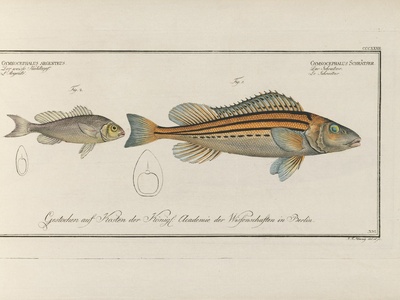
Ruffe
Small, spiny-perched predator with mottled colouring; thrives in cool northern waters. Native in northern Kazakh systems and sometimes locally abundant, particularly in disturbed habitats.
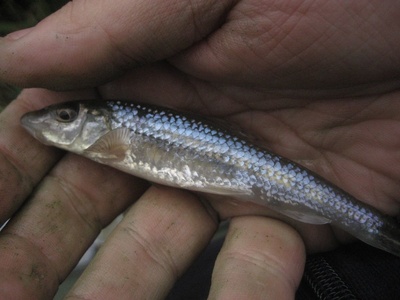
Gudgeon
Small, bottom-dwelling cyprinid common in clear streams and rivers. Native and widespread in Kazakhstan; often overlooked but ecologically important as forage for larger fish.
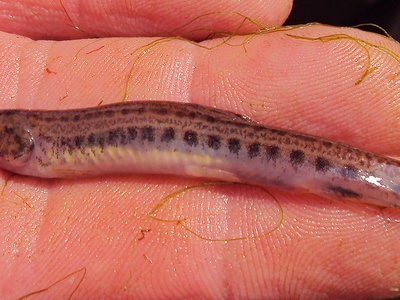
Stone loach
Slim, mottled bottom-dweller with barbels and flattened head; prefers gravelly streams. Native in upland and foothill waters of Kazakhstan and important in stream ecosystems.
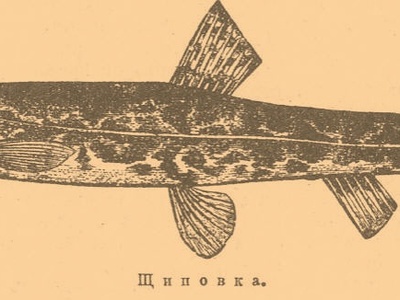
Spined loach
Small, eel-like bottom fish with distinctive spines and mottled pattern; inhabits muddy bottoms. Native and widespread, often overlooked but common in suitable Kazakh habitats.
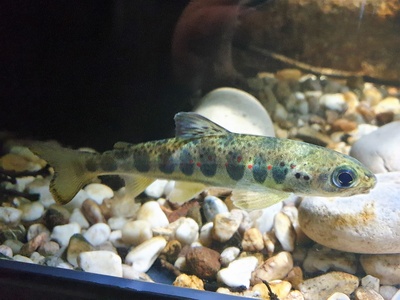
Eurasian minnow
Small, schooling cyprinid found in cold, clear upland streams. Native in mountain and northern rivers; colorful in breeding males and an important forage species.
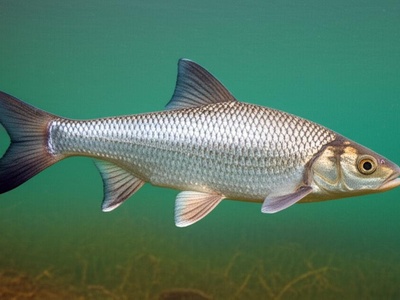
Asp
Fast-swimming predatory cyprinid with large mouth; prized by sport anglers. Native to Kazakh lowland river systems and reservoirs, often found near open water.
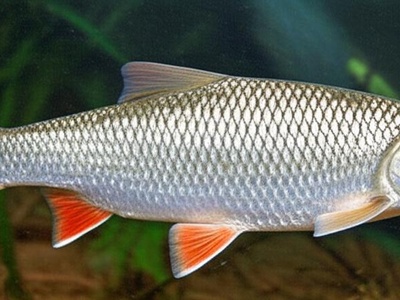
Ide
Robust cyprinid with silvery body; migratory in some systems. Native and widespread in Kazakhstan’s freshwater network, used in fisheries and tolerant of many habitats.
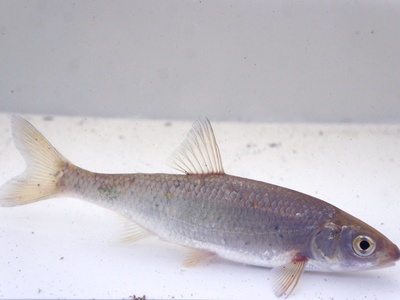
Common dace
Stream-dwelling, slender cyprinid that swims in midwater shoals; common in moderate-flow rivers. Native and widespread in Kazakh rivers, an important prey species.
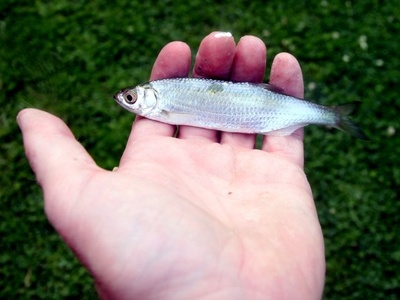
Bleak
Slender, silvery schooling fish often seen near the surface; feeds on plankton and insects. Native and common in many Kazakh freshwater habitats.
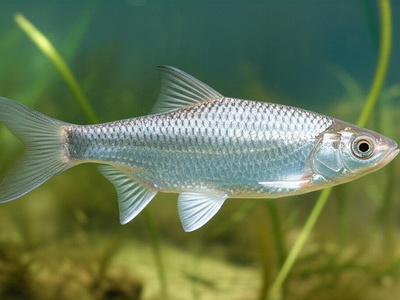
Shemaya (Caspian shad relative)
A silvery, surface-dwelling cyprinid of the Caspian basin, locally known as shemaya. Native to Kazakhstan’s Caspian-influenced waters and important in local food webs.
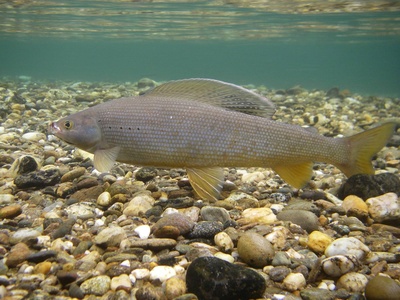
Arctic grayling
Grey, sail-finned salmonid with iridescent spots and distinct dorsal sail; a prized fly-fishing species. Native to cold eastern Kazakh waters and sensitive to habitat disturbance.
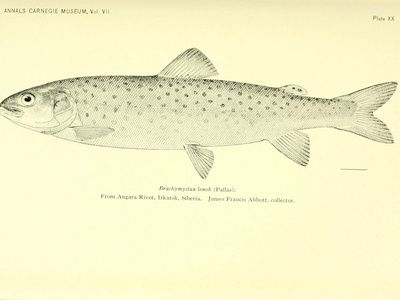
Lenok
A chunky salmonid with speckled body and large mouth; native to cold mountain streams. Valued by anglers and conservationized where populations face habitat change and overfishing.
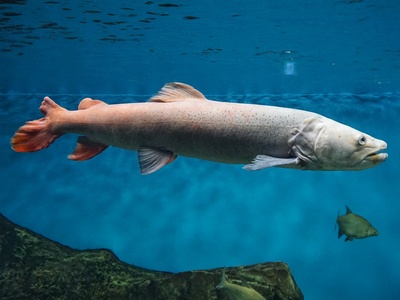
Siberian taimen
Massive river salmonid and apex predator often called “river wolf”; rare and locally threatened. Present in some eastern Kazakh rivers but vulnerable to fishing pressure and habitat fragmentation.
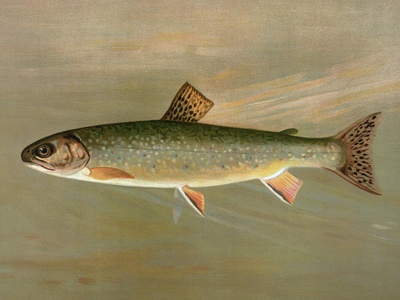
Rainbow trout (introduced)
Colorful introduced trout from North America used in stocking and aquaculture. Established in some mountain streams and lakes; popular with anglers but non-native status noted.
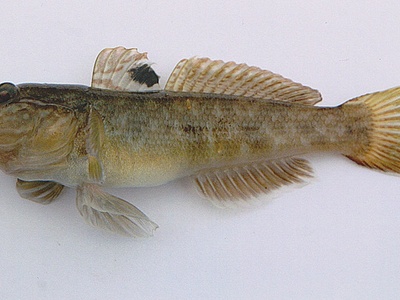
Round goby
Small, invasive goby with fused pelvic fins forming a suction disk; colonizes rocky shores and estuaries. Present in Kazakhstan’s Caspian coastal zone and can alter benthic communities.
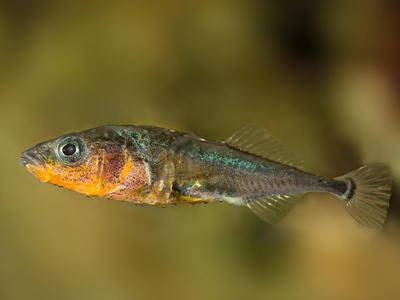
Three-spined stickleback
Small, spiny-backed fish often found in shallow vegetated water. Native and widespread; notable for variable armor and behavior, important forage for larger fish.
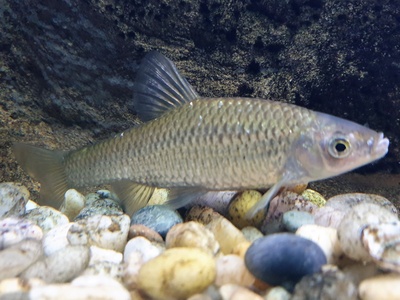
Stone moroko (topmouth gudgeon)
Small invasive cyprinid from East Asia, tolerant and fast-reproducing. Established in parts of Kazakhstan after introduction and can compete with native small fishes.
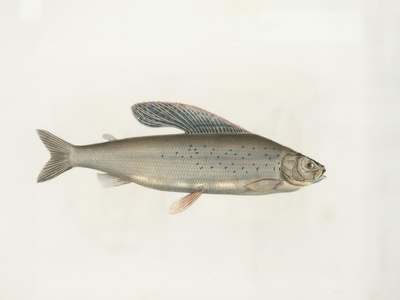
Balkhash Marinka (Balkhash trout)
Endemic trout of Lake Balkhash region historically forming unique local populations. Sensitive to environmental change and overfishing; several local forms have conservation concern in Kazakhstan.
